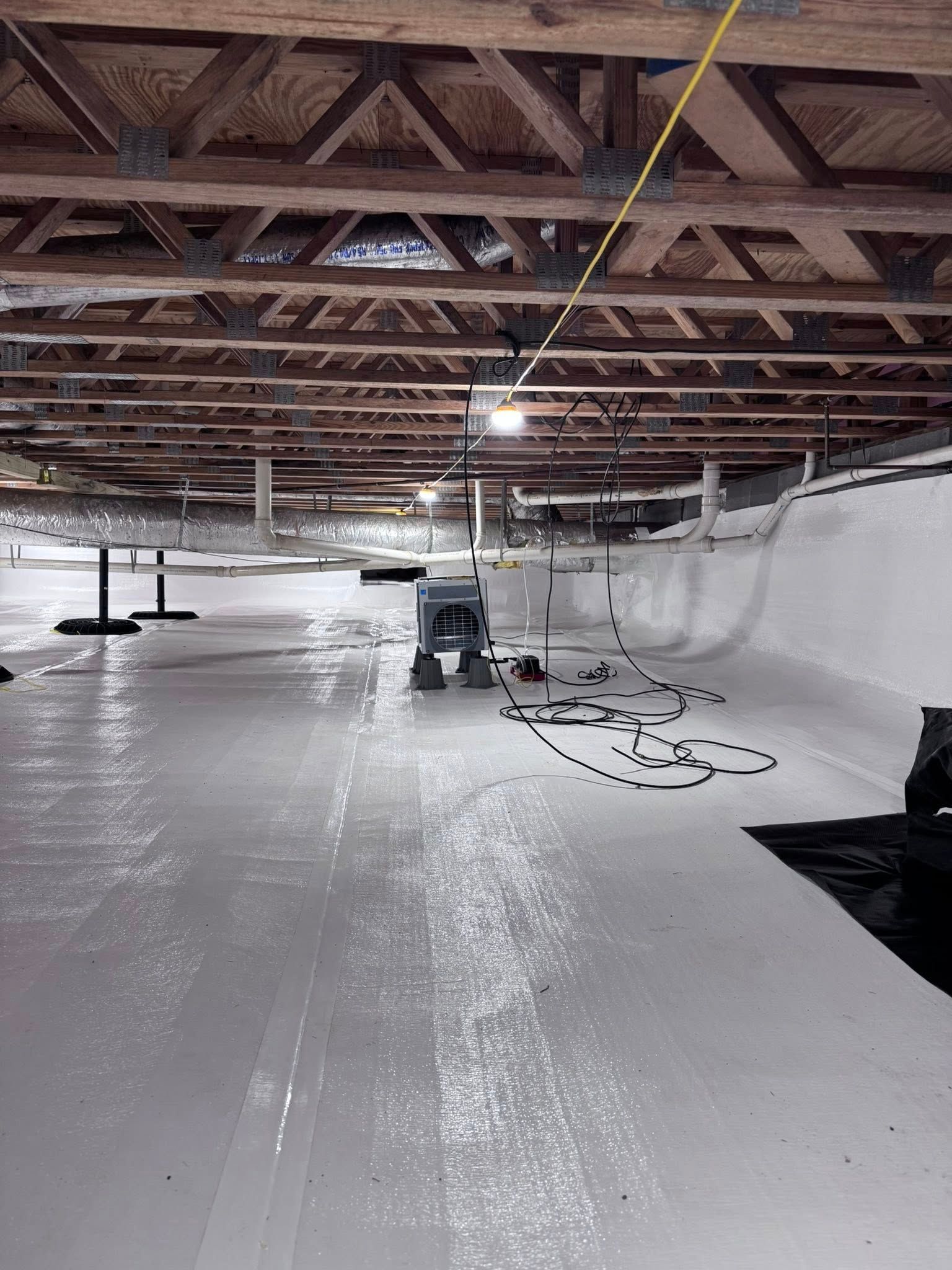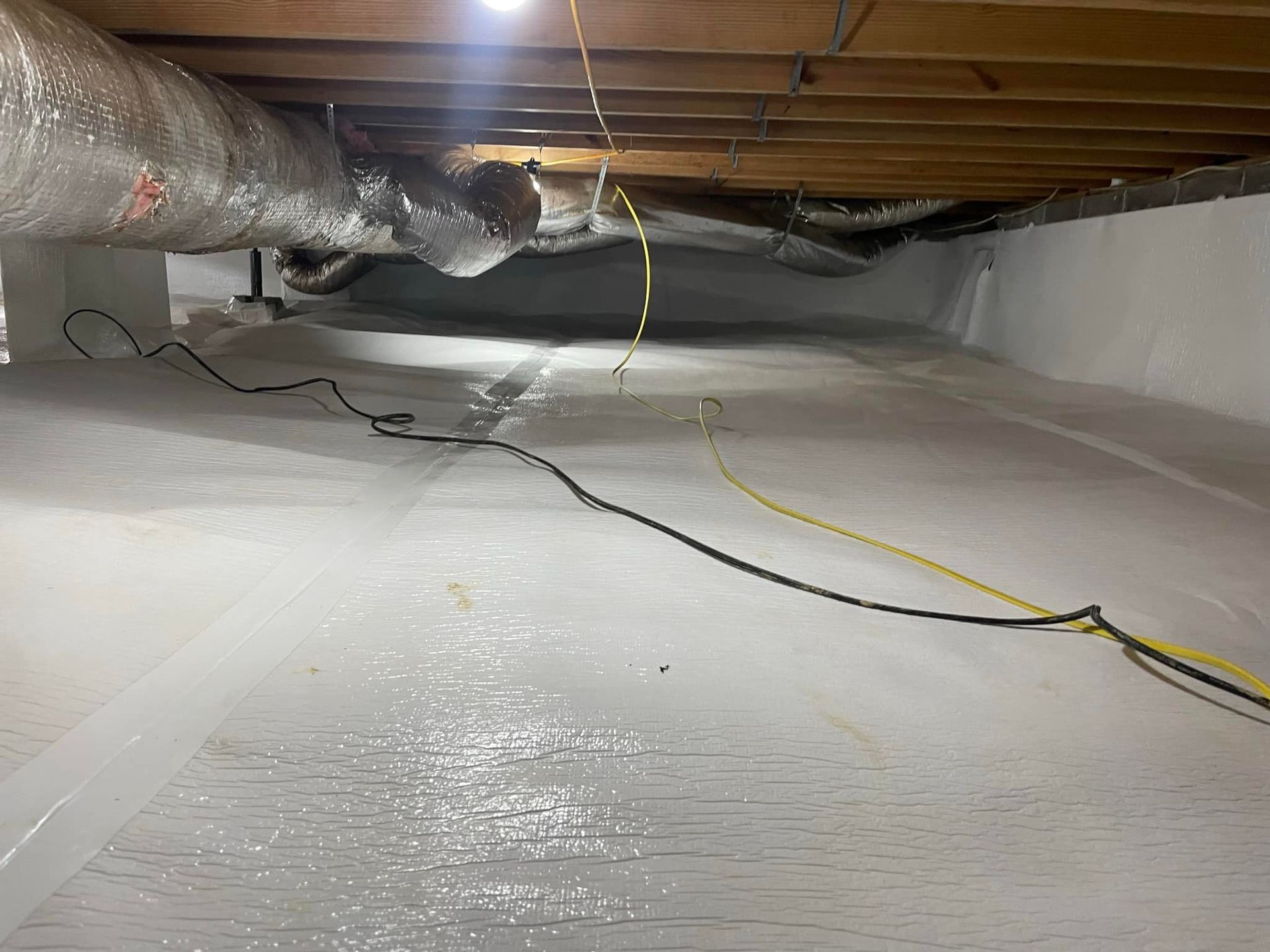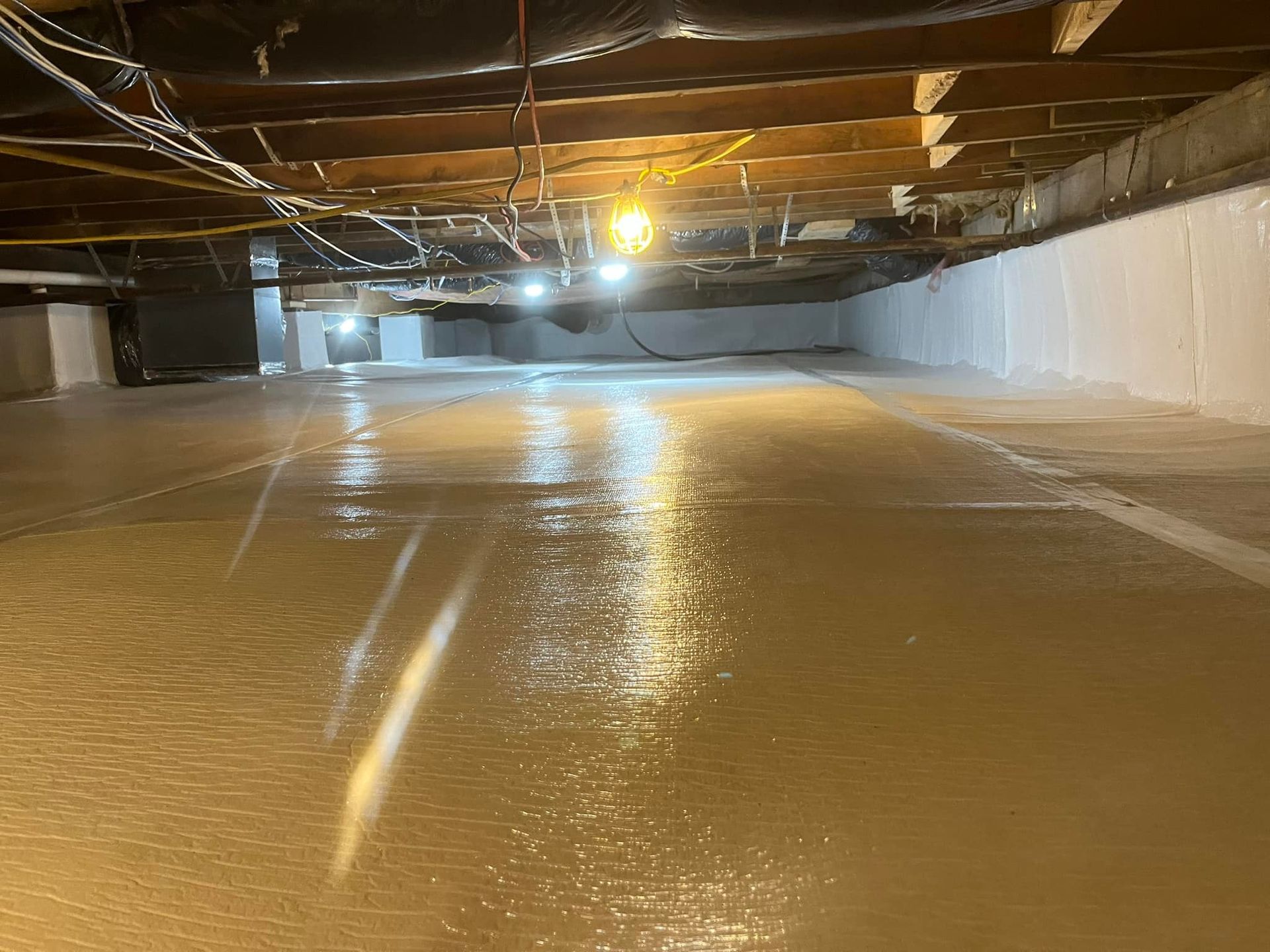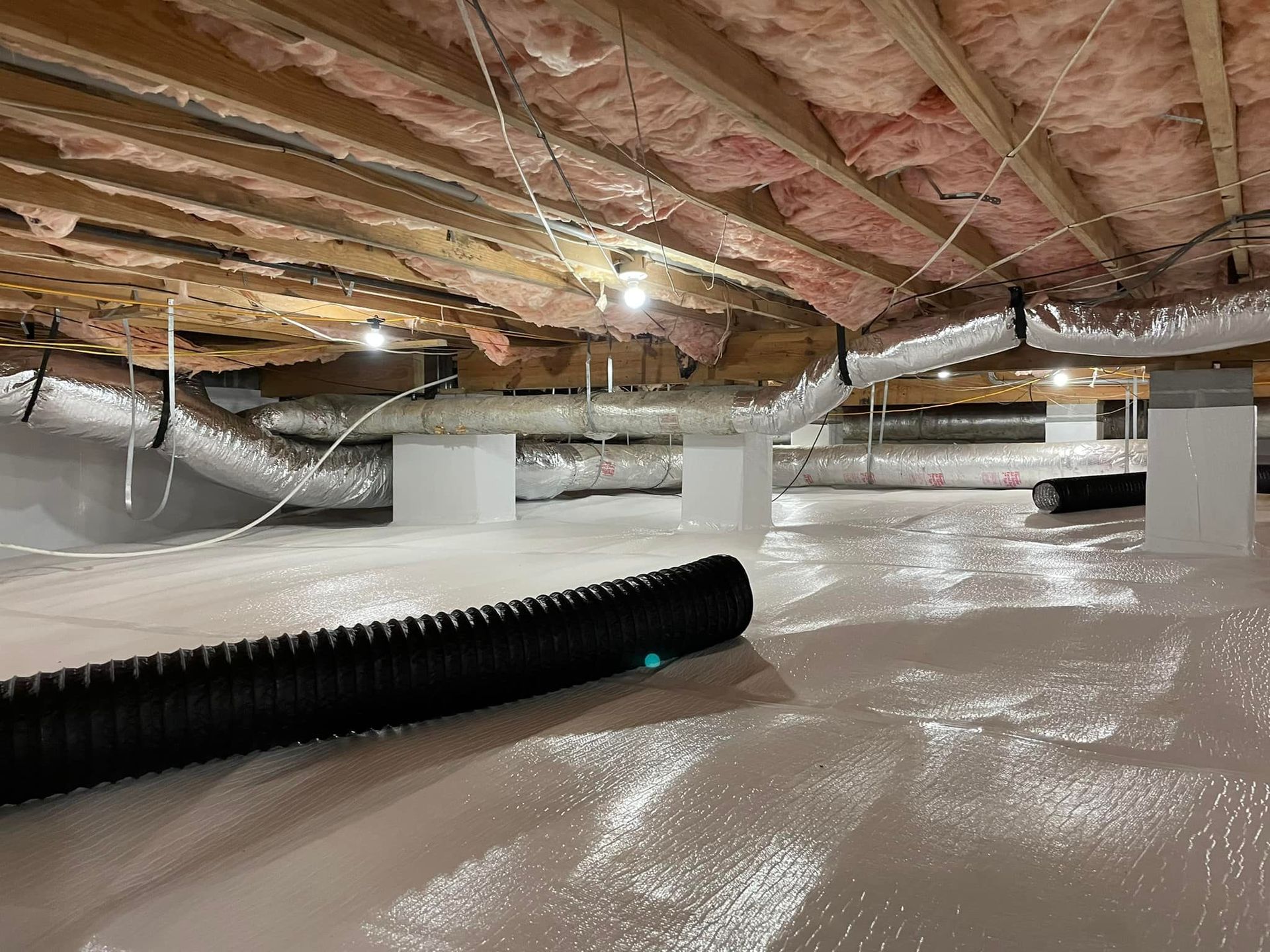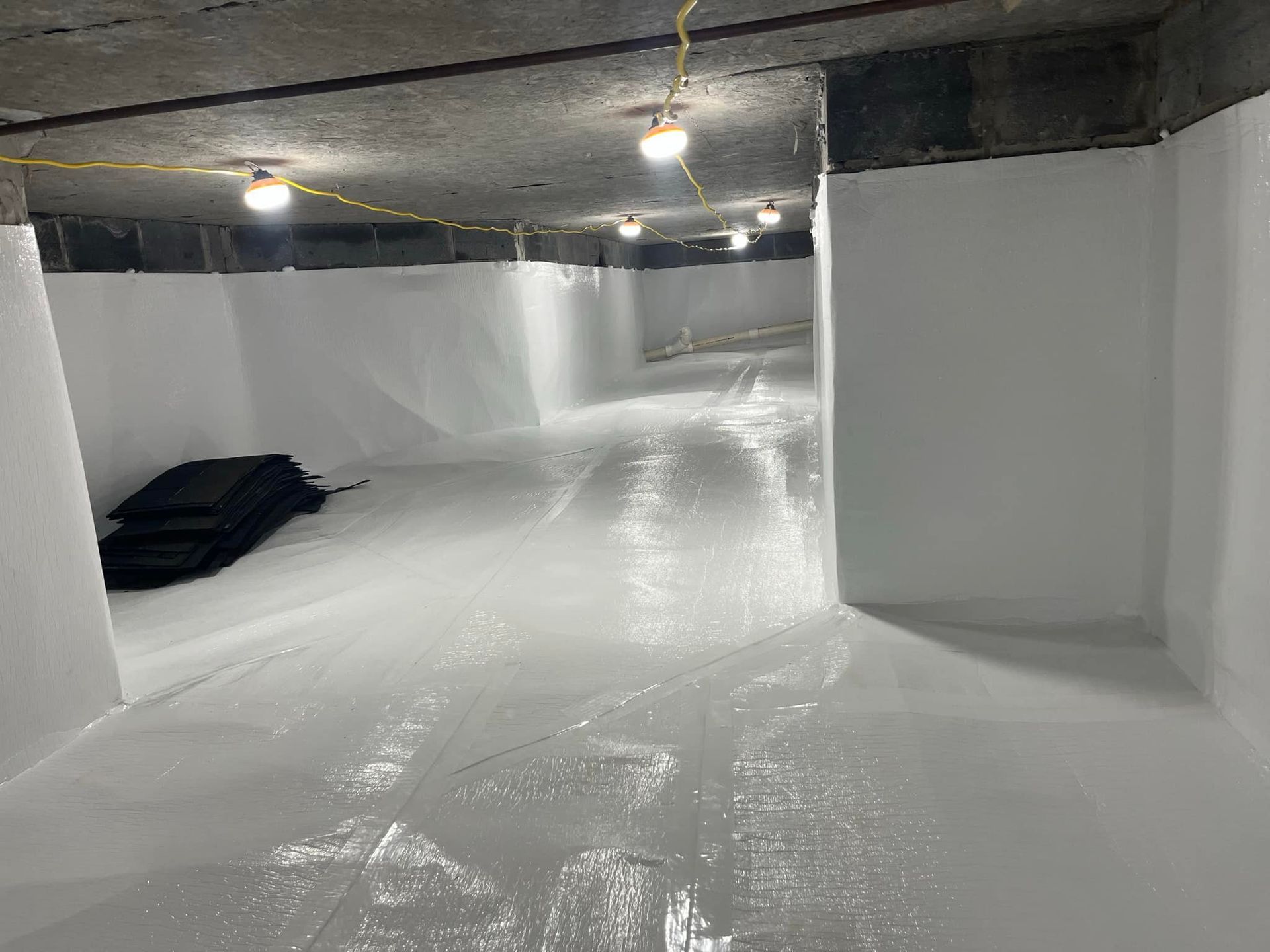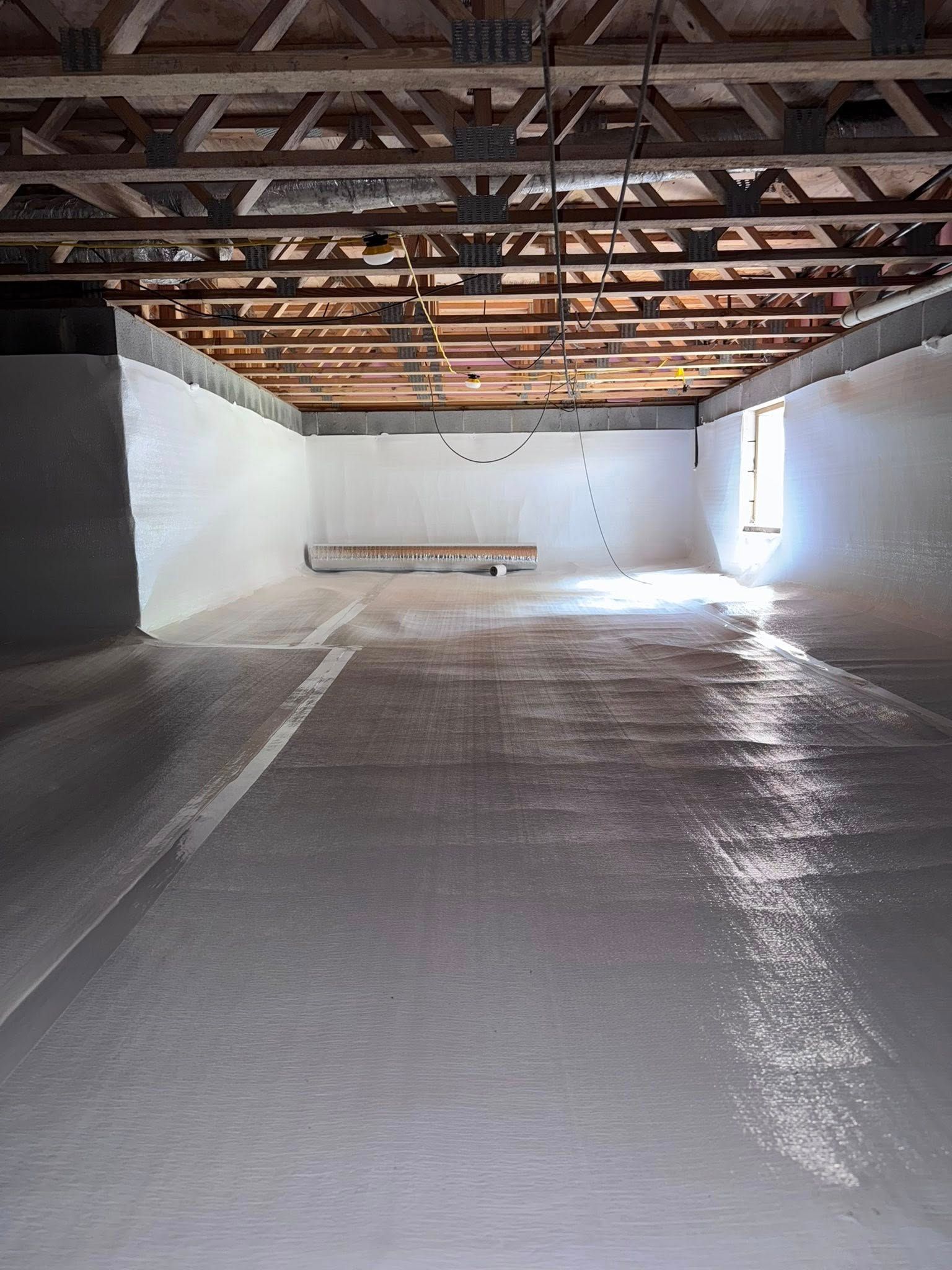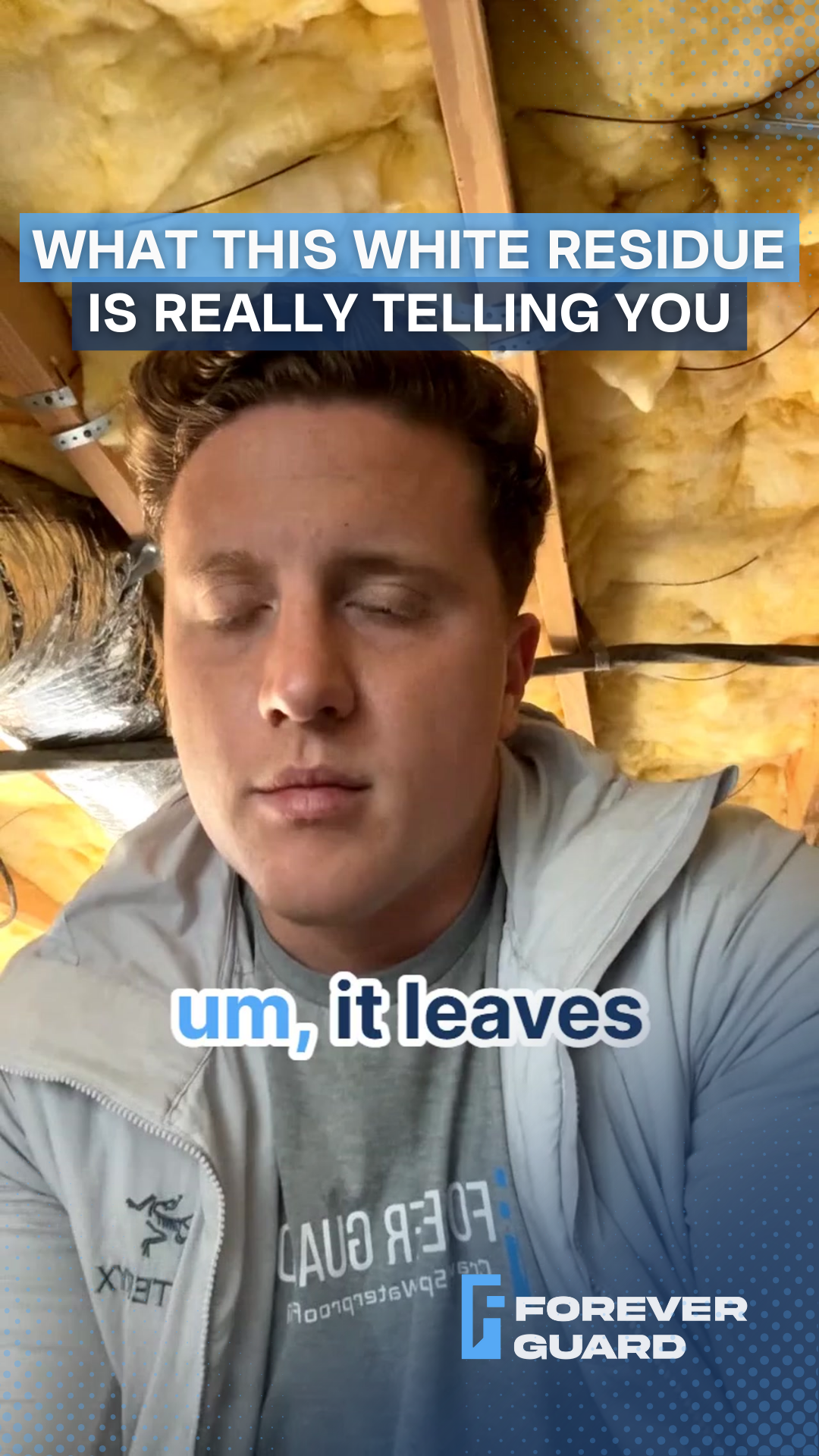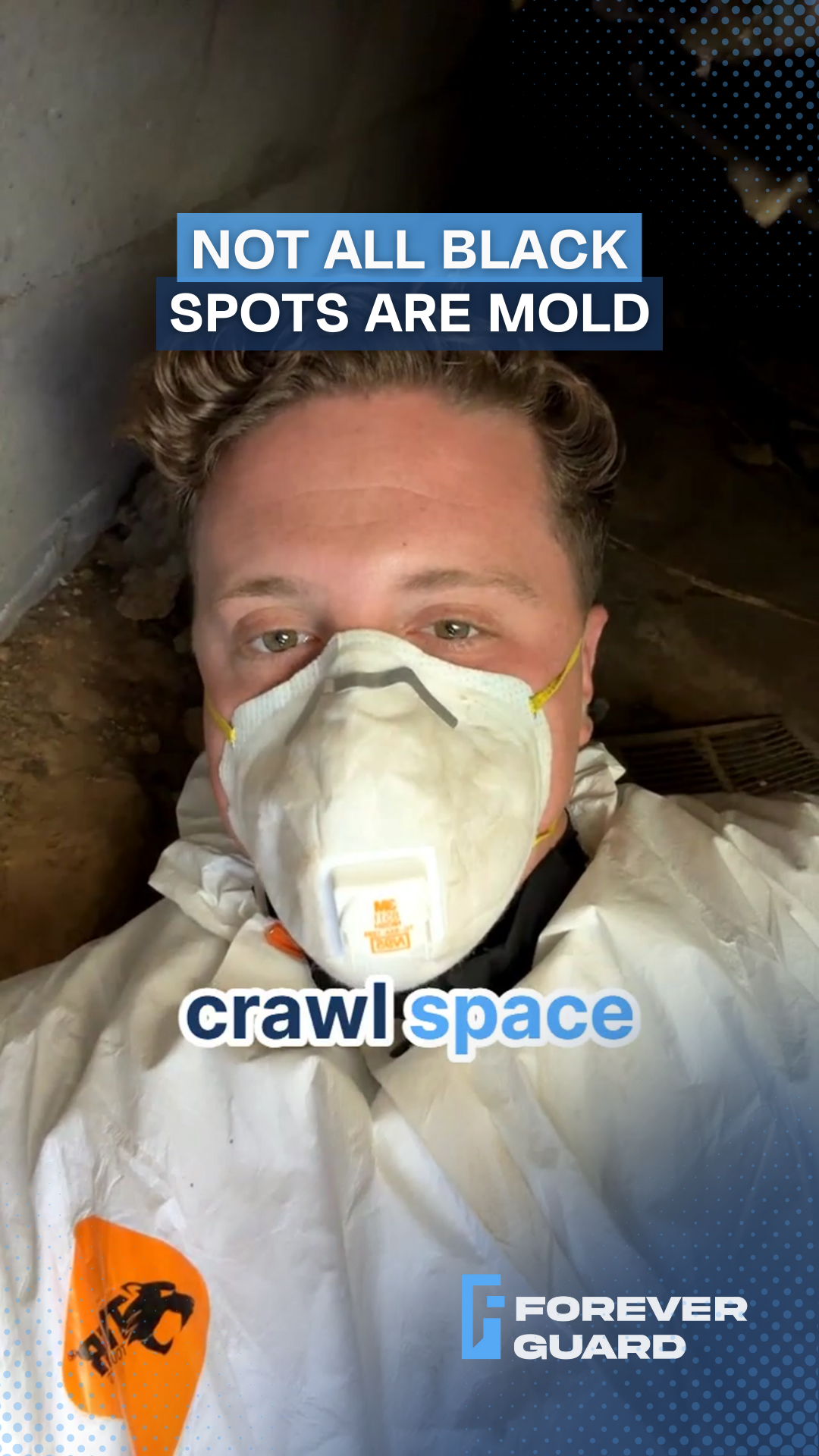80 Years of Neglect: What We Found Under This Knoxville Home
When Crawl Spaces Are Too Tight to Inspect, Problems Hide in Plain Sight
A downtown Knoxville inspection reveals what happens when historic homes go decades without proper crawl space care
I just finished inspecting a beautiful historic home in downtown Knoxville.
Above ground, this house is stunning - the kind of character you only find in homes that have been standing for 80 years.
But underneath is a different story.
The crawl space had no vapor barrier. Never has.
For eight decades, humidity, pests, and time have been working against the structure.
Critters have been coming and going freely, leaving waste throughout the space.
The insulation has been replaced at some point, but without addressing the moisture issue, it's already failing again.
This is what happens when crawl spaces go untouched for generations.
Problems don't just appear - they build up, layer by layer, year after year.
Crawling Through Decades of Damage
Getting into this crawl space was a challenge. The entry point is extremely tight, and once you're inside, there's barely room to move. I had to crawl through fallen insulation just to see what I was dealing with.
Here's what I found:
The insulation is hanging everywhere, even though it was replaced sometime in the past. Without moisture control, replacement insulation fails just like the original.
Fungal growth covers the wooden joists and beams. Decades of humidity have created perfect conditions for it to spread throughout the structure.
Wood debris litters the dirt floor - a feeding ground for termites and other wood-destroying insects.
Animal waste is everywhere. With no barrier and easy access, pests have treated this space like their home for generations.
The worst part? In a crawl space this tight, these problems can hide for years before anyone notices..
Why Tight Crawl Spaces Make Everything Worse
Here's the problem with crawl spaces you can barely fit into: you avoid them. And I don't blame homeowners for that - who wants to squeeze through a tiny opening into a dark, nasty space?
But when access is difficult, inspections don't happen. Issues that could be caught early go unnoticed until they become serious problems. In this Knoxville home, I had no line of sight to most areas. I literally had to crawl through debris and fallen insulation just to assess the damage.
Tight spaces also make repairs more difficult and expensive. Everything takes longer when you're working in cramped conditions. Simple fixes become complicated projects.
The Real Cost of 'Out of Sight, Out of Mind'
Ignoring your crawl space doesn't make problems go away. It just lets them grow.
The fungal growth I found isn't just ugly - it compromises the structural integrity of the wood. Over time, this leads to soft spots in floors, sagging beams, and expensive repairs.
Wood debris combined with moisture creates ideal conditions for termites. Once they establish a colony, the damage spreads quickly through the structure.
Poor air quality in your crawl space affects the air you breathe upstairs. Studies show that up to 50% of the air in your home comes from your crawl space.
For historic homes especially, neglecting the foundation threatens the entire structure. These houses have stood for decades - proper care ensures they stand for decades more.
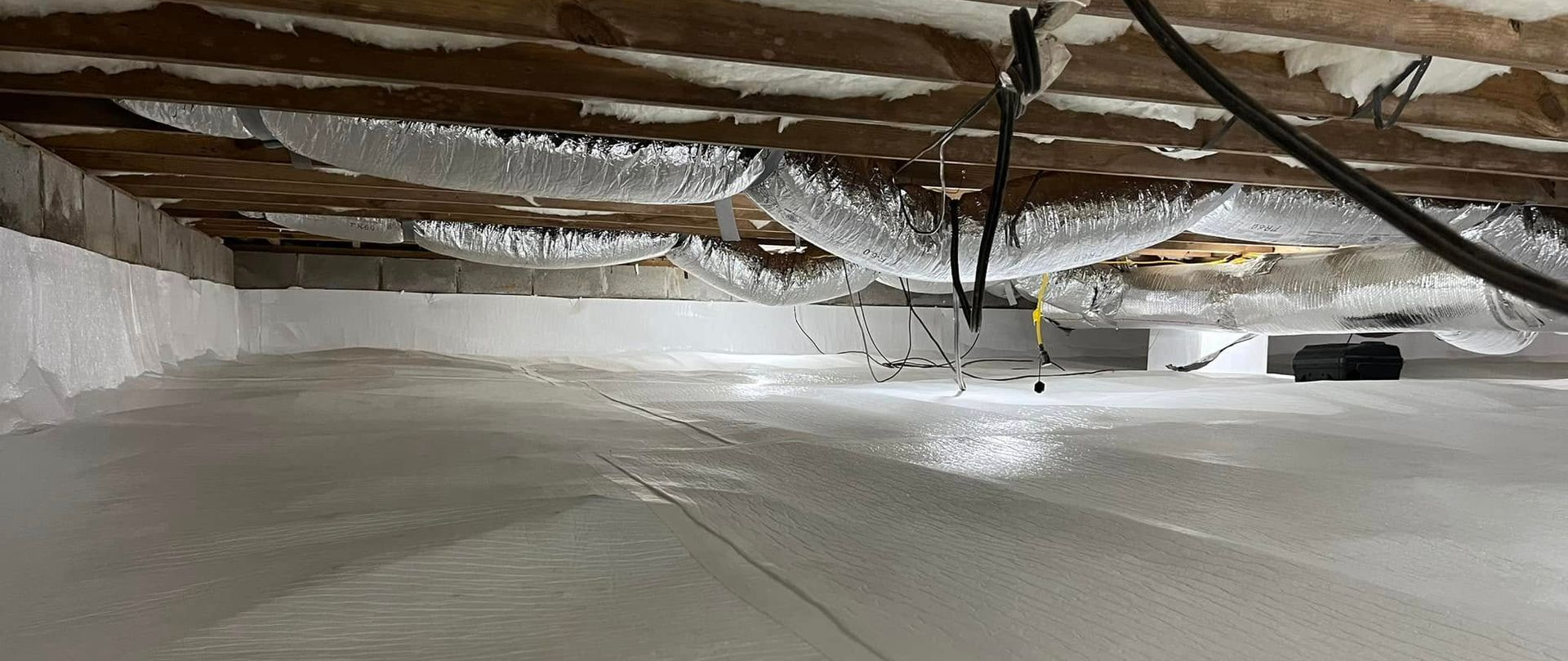
Fixing 80 Years in One Project
This crawl space needs a complete reset. Here's the plan:
First, we'll create better access by enlarging the entry point and installing a proper crawl space door. Future inspections and maintenance shouldn't require squeezing through a tiny opening.
Next, we remove all the old insulation. It's contaminated and failing - there's no saving it.
Then we encapsulate the entire space with a heavy-duty vapor barrier. This stops ground moisture from entering and creating the conditions that caused all these problems.
We'll seal off all the vents and any penetrations in the foundation. The old thinking was that vents help - modern science proves they make things worse in our climate.
Finally, we install a dehumidifier to control humidity levels year-round. This protects against moisture even during Tennessee's humid summers.
Protecting Your Historic Home's Future
Historic homes like this one in downtown Knoxville deserve modern protection. Just because a house was built 80 years ago doesn't mean it has to suffer from 80-year-old problems.
The truth is, builders back then did the best they could with what they knew. They didn't understand how humidity affects crawl spaces in our climate. They thought ventilation was the answer. We know better now.
Updating your crawl space doesn't change the character of your historic home. It protects it. Proper moisture control preserves the structure for future generations while maintaining everything that makes these old houses special.
Don't wait another decade to address what's happening underneath your home. The longer problems sit, the more expensive they become..

